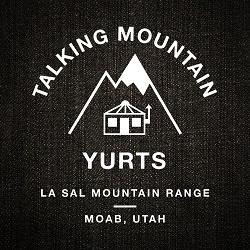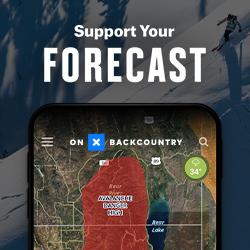Forecast for the Logan Area Mountains

Issued by Paige Pagnucco on
Saturday morning, January 4, 2025
Saturday morning, January 4, 2025
The avalanche danger will rise to HIGH today as a strong, quick-hitting storm with heavy snowfall and strong winds moves through the Logan area mountains. Natural and human-triggered avalanches are likely in mid and upper-elevation terrain on slopes steeper than 30° and could be triggered remotely (from a distance) or from below.
- Travel in avalanche terrain is not recommended.
- People should continue to avoid travel on or beneath slopes steeper than 30°.

Low
Moderate
Considerable
High
Extreme
Learn how to read the forecast here
 Weather and Snow
Weather and Snow
Today's heavy snowfall and accompanying strong winds will spike the avalanche danger to HIGH. Snowpacks do not like rapid change, and this potentially big shot of snow and wind may be too much for it to handle. The slab atop our buried persistent weak layer is getting thicker and stronger, but today's added weight may push the structure past its tipping point. The most suspect terrain will be on drifted slopes above 8500 feet in elevation facing northwest, north, northeast, east, and southeast, and on mid-elevation slopes between 7000 feet and 8500 feet facing northwest through east. You are likely to trigger avalanches 2 to 4 feet deep, failing on sugary faceted snow near the ground. You may also easily trigger slabs of wind-drifted snow near ridges and other terrain features. We will continue to stay out of avalanche terrain this weekend while the snowpack adjusts to the new load.
Travel is getting easier as the snow is now supportable - sled tracks only sink in about 4-6". The past week's heavy, dense snow has helped build a good base, though some areas remain more shallow and suspect, like the Logan Peak zone and south and the Wellsvilles. We found easy traveling conditions yesterday near Tony Grove on the supportable base with a bit of recrystallized surface snow. Today, people should stay off of and out from under steep drifted slopes, as dangerous avalanches can be triggered remotely (from a distance) or from below. You'll find excellent powder riding conditions in the meadows and on low-angle slopes not connected to steeper terrain.
-The 8400' Tony Grove Snotel reports no new snow overnight. It's 28° F, with 57 inches of total snow.
-Winds on Logan Peak ( 9700') are blowing from the northwest around 30 mph and it's 18° F.
-It's 22° F at 8800' at our Card Canyon station, with 40 inches of total snow.
-On Paris Peak at 9500' in Bloomington Canyon, it is 19° F, and the winds blow 12 mph with gusts near 18 mph from the north.
The storm is just rolling in as I type. Snow is visible on the Beaver Mountain webcam and falling in Cache Valley. Today will be a stormy day in the mountains, with heavy snowfall and strong winds. 11 to 17 inches of snow is forecast. Winds from the west-northwest will blow around 15 to 20 MPH, with steady gusts all day of 30 to 40 MPH. The 8500' high temperature will be 24° F, but the wind chill will make it feel much colder.
The bulk of the storm is over by tonight, though we'll have lingering snow showers through Monday with several more inches of snow possible.
For more information, visit the UAC weather page here: Weather - Utah Avalanche Center
For Logan-specific weather, go here: Logan Mountain Weather - Utah Avalanche Center
 Recent Avalanches
Recent Avalanches
We are very sad to report that there were two confirmed fatalities due to two separate avalanches that happened in the Salt Lake area mountains over the last days of 2024... Main Porter Fork and Davenport Hill
- Large natural avalanches from last weekend were observed across the Logan Zone.
- On Christmas Eve, two local riders (brothers) had a close call with a large avalanche in Steep Hollow. The accident report is HERE.
- Last Saturday, we remotely triggered an avalanche of drifted storm snow from a lower-angled adjacent slope. Video HERE
You can read all recent local observations HERE.
Avalanche Problem #1
Persistent Weak Layer
Type
Location
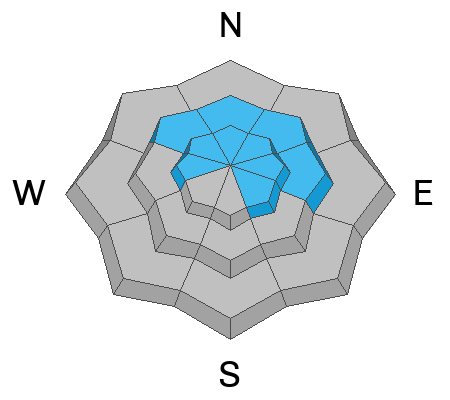
Likelihood
Size
Description
Very weak faceted snow exists near the ground on almost all northerly-facing slopes at upper and mid-elevations. Other persistent weak layers have also been observed higher in the snowpack. Large and dangerous avalanches failing on a persistent weak layer are likely in drifted terrain, and they are possible even in sheltered areas. There were some impressive natural avalanches with last weekend's productive storm, but many of the most suspect slopes in the area have not yet avalanched and may be hanging in a delicate balance, just waiting for a trigger. The list of popular slopes that have yet to avalanche includes the Rodeo and Fairgrounds Bowls on the east side of Logan Peak, 3-Terraces, and the north face of Providence Peak, the east face of Mt Magog, Double Top, as well as Wilderness Peak, St. Charles, Slide Canyon, and many more.....
- Recent avalanches, shooting cracks, and collapsing (whumpfs) are signs of unstable snow, but these obvious signs of instability will not always be present when a large avalanche occurs.
- Avalanches could be triggered remotely (from a distance) or worse, from below steep slopes in the flats.
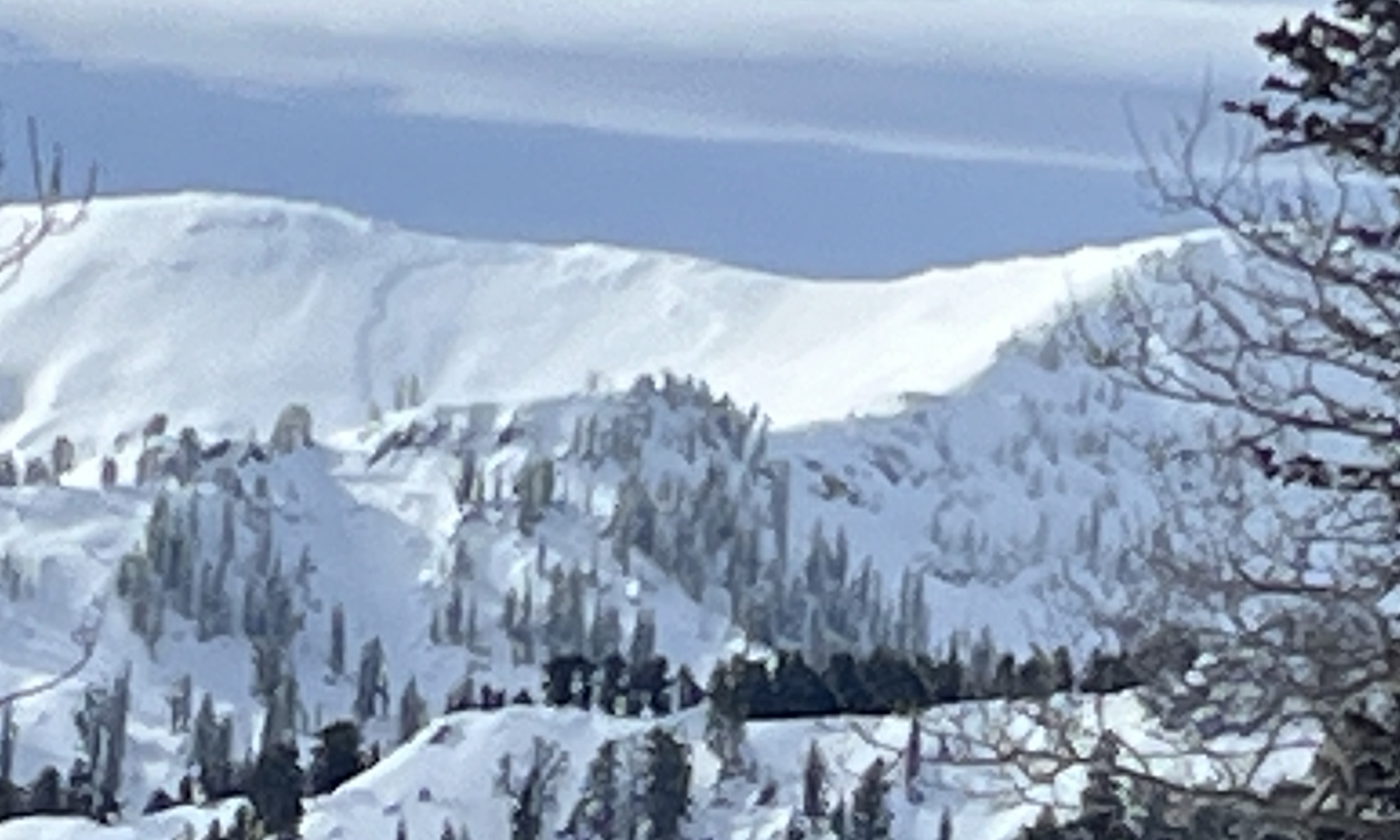
A large natural avalanche on Cornice Ridge that likely occurred in the overnight hours of 12/28-12/29. It got filled back in with snow but likely failed on the PWL.
Avalanche Problem #2
Wind Drifted Snow
Type
Location
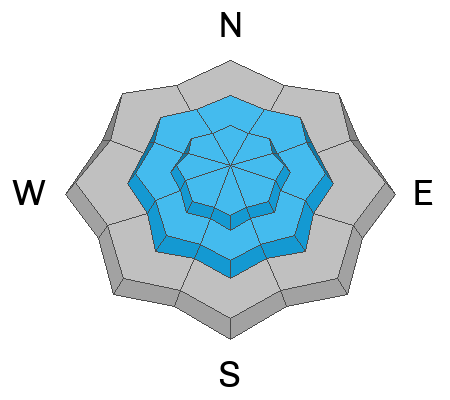
Likelihood
Size
Description
Drifting today will create new slabs of wind-drifted snow in exposed terrain, which may fail due to poor snowpack structure or at the old/new snow interface.
- Avalanches of wind-drifted snow are most likely on the lee side of major ridges.
- Drifting will form new wind slabs in exposed terrain and in and around terrain features like cliff bands, sub-ridges, gullies, and scoops.
- Soft, freshly formed wind slabs may be quite sensitive, and some may be remotely triggered. Stiff wind slabs may allow you to get out onto them before releasing.
Avalanche Problem #3
New Snow
Type
Location
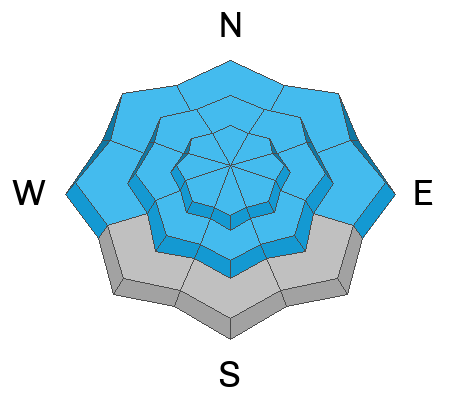
Likelihood
Size
Description
With 11 to 17 inches of new snow expected during today, new snow storm slabs and loose dry avalanches are likely in steep terrain with an existing weak snow surface.
General Announcements
-National Forest Winter Recreation Travel Maps show where it's open to ride: UWCNF Logan, Ogden LRD Tony Grove, Franklin Basin CTNF Montpelier
-Sign up for forecast region-specific text message alerts. You will receive messages about changing avalanche conditions, watches, and warnings...HERE.
-For all questions on forecasts, education, Know Before You Go, events, online purchases, or fundraising, call 801-365-5522.
-Remember, even though the gate is still open, the Tony Grove Road is not maintained for winter driving.
This forecast is from the U.S.D.A. Forest Service, which is solely responsible for its content. This forecast describes general avalanche conditions, and local variations always occur.



